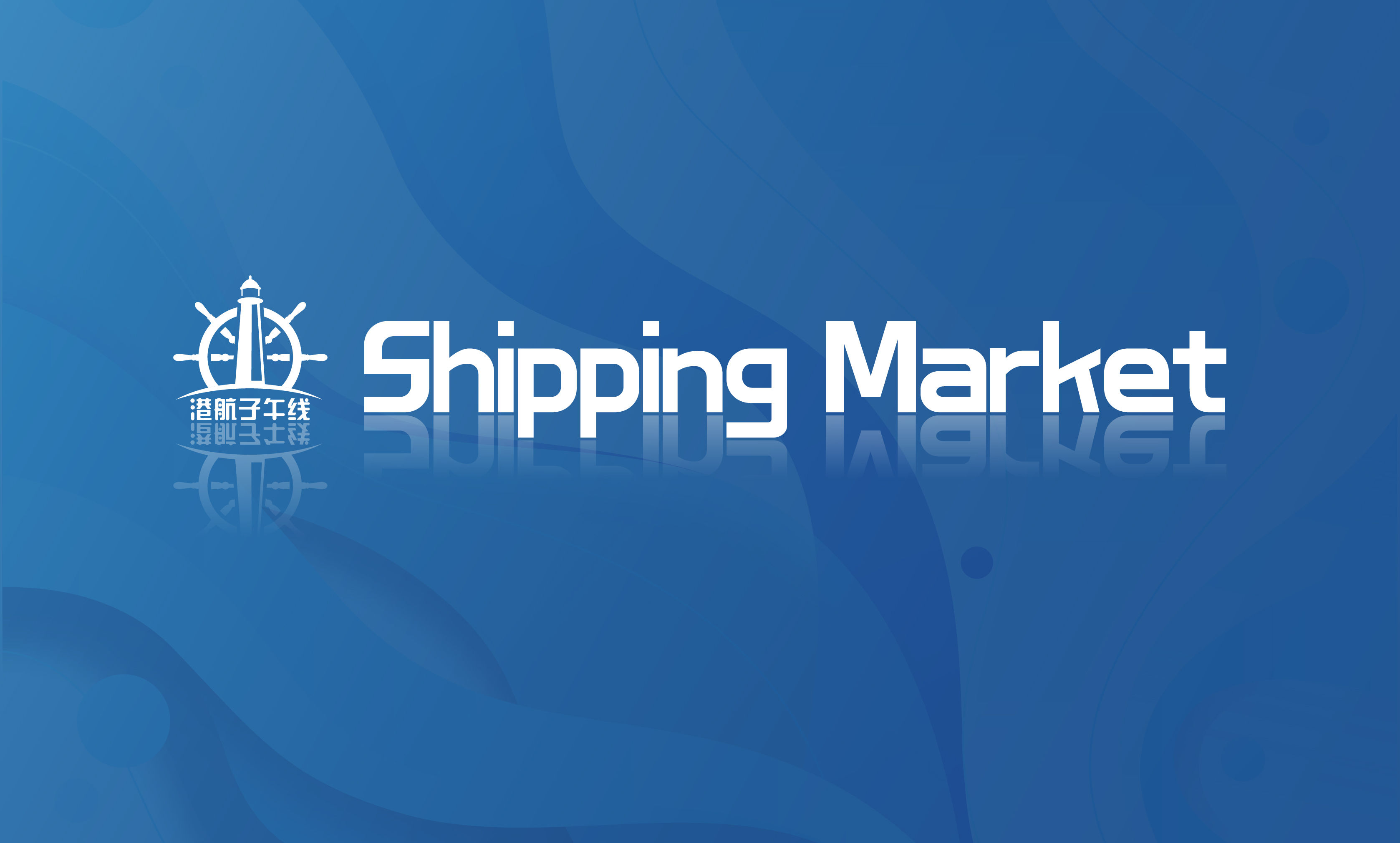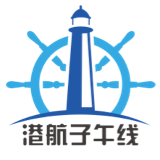[E-PORTS News] The Trend of Large-Scale Ships Becomes Obvious at Lianyungang Port

From January to July this year, there were about 13,500 merchant ships entering and leaving the Lianyungang port, up 4.75% year-on-year, of which 537 were large ships, accounting for 45% of the port’s cargo throughput. According to Lianyungang Maritime Safety Administration’s deputy director Ding Xing, with the adjustment of cargo transportation structure, “rail-water intermodal transport” has been promoted, and the waterway transportation system has been improved. Lianyungang Port is the first-class Chinese port in terms of deep-water channels, large-scale ships, specialized terminals, modern equipment, and digital port and shipping.
On the morning of August 7, a container ship sailing from the United Arab Emirates was unloading at the container terminal of Lianyungang Port. Workers at the scene said that the 367-meter-long ship could carry 14,000 TEUs. According to the port holding group, 79 Capesize vessels (over 200,000 tons) have berthed at Lianyungang Port in the previous 7 months, up 2.6% year-on-year, and the berthing frequency of large container ships (over 10,000 TEUs) increased significantly year-on-year.
Deep water is gold. In the past, the port entrance channel was in a natural state, with few berths, low grade, backward facilities and equipment, and loading and unloading mainly relying on manpower. As of 2018, the port’s 300,000-ton channel has a water depth of over 20 meters, with 70 berths above the 10,000-ton level, including nearly 30 specialized berths for iron ore, containers, alumina, bulk chemical fertilizer, liquid bulk, grain and coal, with a maximum berth grade of 300,000 tons and a capacity of 174 million tons.
The navigability of ships has been improved, the draft depth of ships has increased, the carrying capacity of ships has increased significantly, and the trend of large-scale ships has become more obvious, bringing good benefits to port and shipping enterprises. In recent years, the super-large container ships owned by Maersk, MSC, CMA CGM, COSCO, UASC and other shipping giants have frequently berthed at Lianyungang Port, which has become one of the preferred ports for super-large container liners.
承载4成吞吐量 连云港港进出船舶大型化趋势明显
今年1至7月,连云港港各港区进出商船1.35万艘次,同比增长4.75%,其中大型船舶537艘次,承载了港口约45%的货物吞吐量。连云港海事局副局长丁星介绍,随着货物运输结构调整进程加快,“公转水”“铁水联运”不断推进,水路运输综合交通体系逐渐完善,连云港港的航道深水化、船舶大型化、码头专业化、装备现代化、港航信息化等水平国内一流。
8月7日上午,在连云港港主港区集装箱码头,来自阿拉伯联合酋长国的“乌姆萨拉”号轮正在卸货。现场工人介绍,这艘巨轮长367米,可装载集装箱1.4万标箱。根据港口控股集团生产业务部提供的数据,前7月连云港港累计靠泊20万吨级以上开普船79艘次,同比增长2.6%,1万标箱以上集装箱大船靠泊频次同比大幅增加。
一寸水深一寸金。以前,港口进港航道处于自然状态,码头泊位少、等级低、设施装备落后、装卸主要依靠人挑肩扛。截至2018年,连云港港30万吨级航道水深已超过20米,万吨级以上的海港泊位70个,其中铁矿石、集装箱、氧化铝、散化肥、液体散货、粮食、煤炭等专业化泊位近30个,最大泊位等级30万吨级,设计能力1.74亿吨。
船舶通航能力得到提升,进出船舶吃水深度明显增加,船舶载货量大幅提高,船舶大型化趋势更加明显,为港航企业带来利好。近年来,马士基、地中海、达飞、中海、阿拉伯航运等航运巨头的超大型集装箱船频频靠泊港口,连云港港成为超大型集装箱班轮的首选港之一。








